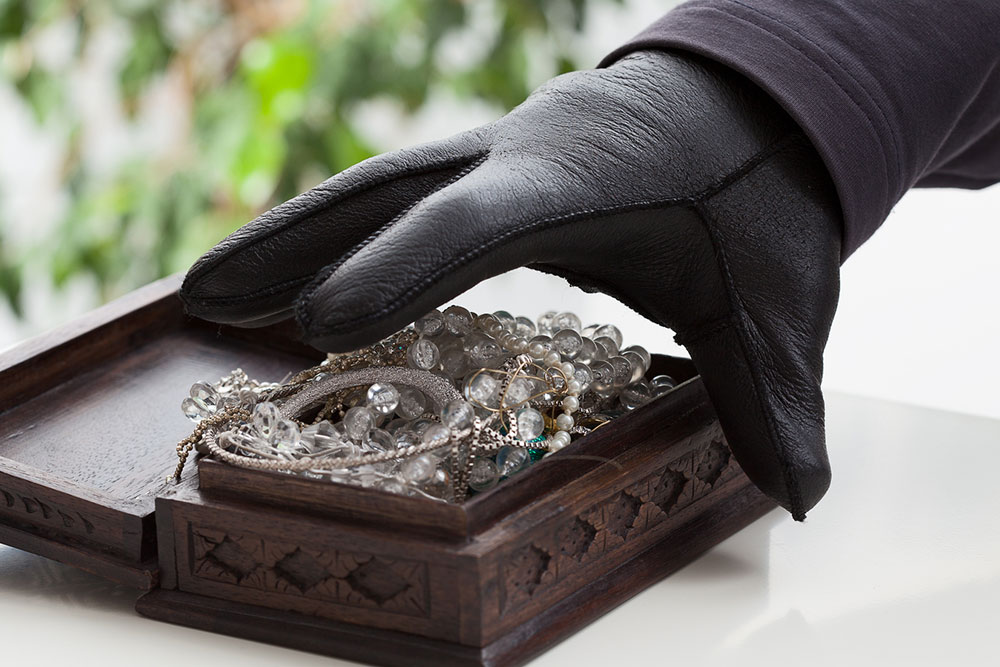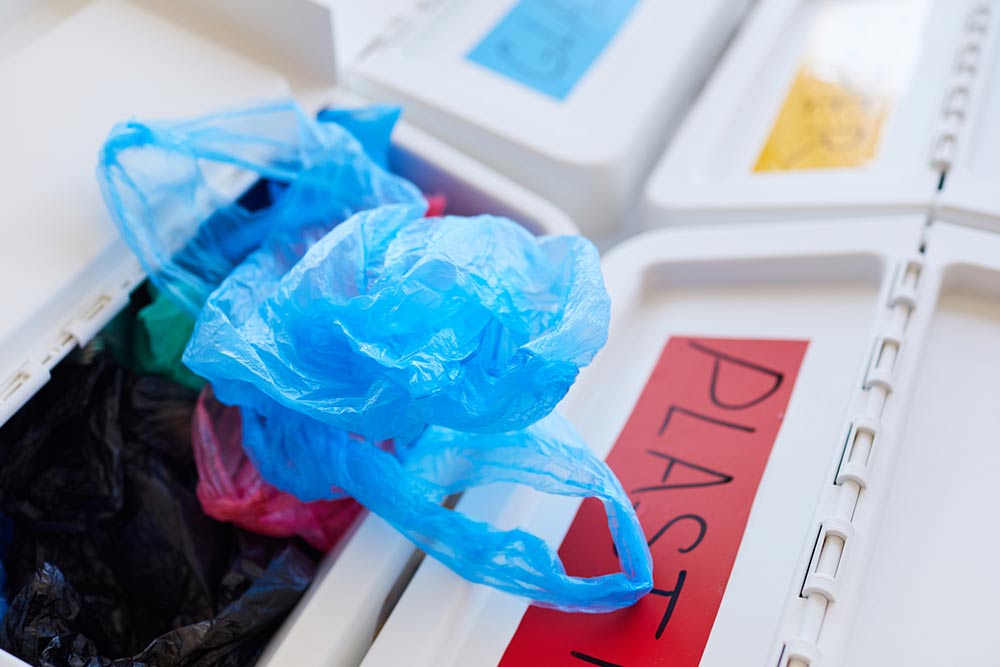Mastering laundry – 21 essential dos and don’ts for clothes

While doing laundry seems like a basic task, mastering the art of laundry takes time and practice, and following certain rules can help one get started on the right foot. These rules can extend the lifespan of one’s clothes and also help optimize the efficiency and durability of one’s washing machine, ensuring it remains a reliable tool in one’s laundry routine. Here is a list of 20 essential laundry dos and don’ts of laundry.
Laundry Dos to Follow
Read Care Labels
Before tossing one’s clothes in the washer, one is advised to take a moment to read the care labels. They provide specific guidelines on water temperature, washing methods (like hand washing or machine washing), and even drying instructions. For instance, a delicate silk blouse may require gentle hand washing in cold water, while a cotton t-shirt might thrive in a regular machine cycle. Ignoring these labels can lead to shrinkage, color fading, or even fabric damage.
Sort by Color
To prevent color bleeding and fading, it’s necessary to sort one’s laundry into three categories: whites, lights, and darks. This simple step can help preserve the vibrancy of one’s clothes.
Empty Pockets
Checking and emptying pockets before loading one’s laundry is crucial.







